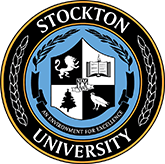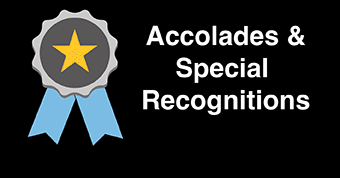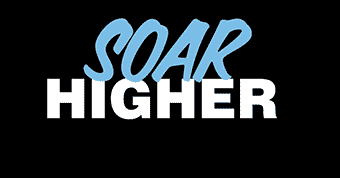Jessica Fleck
My research interests fall into two areas in cognitive neuroscience: a) the brain activity that is associated with the best well-being, and b) changes in brain networks during aging and the role of various lifestyle factors, such as social engagement and exercise, in maintaining healthy brain networks during aging. I use high-density electroencephalography (EEG) to explore how the brain is connected at rest and when participants are completing cognitive tasks, such as creative problem solving or attention. In Stockton’s EEG Laboratory, we use EEG to record electrical activity from the brain using EEG caps with 128 recording electrodes. We collect data from Stockton students, but also from adults and older adults in the local community.
Kounios, J., Fleck, J.I., Zhang, Z., & Oh, Y. (2024). Brain-age estimation with a low-cost EEG-headset: Effectiveness and implications for large-scale screening and brain optimization. Frontiers in Neuroergonomics, 5. (abstract)
Fleck, J.I., Patel, P., Riley, E., & Ferri, C.V. (2023). Mindset matters: Contributions from grit and growth mindsets to successful aging. Aging & Mental Health, 11, 1-9. (abstract)
Fleck, J.I., Olsen, R., Tumminia, M., DePalma, F., Berroa, J., Vrabel, A. & Miller, S. (2018). Changes in brain connectivity following exposure to bilateral eye movements. Brain and Cognition, 123, 142-153. (pdf)
Fleck, J.I., Kuti, J., Mercurio, J., Mullen, S., Austin, K. & Pereira, O. (2017). The Impact of Age and Cognitive Reserve on Resting-State Brain Connectivity. Frontiers in Aging Neuroscience, 9. (pdf)
Research opportunities in the lab typically fall into two areas: a) participant recruitment and data collection and b) signal processing and data analysis. Collecting data from community members requires that we recruit participants who are a match for the current research project. This can include screening potential participants for appropriateness. During data collection, student research work in pairs to apply the EEG net and record brain activity from participants. All EEG data are then processed using MATLAB. Data processing includes detecting and removing artifact from the EEG signal, such as eye blinks, and processing the cleaned EEG signal using spectral analyses and event related potentials.
- All research assistants must commit to a minimum on one full year in the lab to be involved. No student will be accepted for a single-semester experience.
- Students will be expected to commit 10 hours each week to research activities. Course credit is available for interested students.
- Students must be detailed-oriented and highly motivated. Interested students will be trained to apply the EEG cap and record brain activity and/or process EEG data using MATLAB.
- Preference will be given to Behavioral Neuroscience Minors and students who plan to pursue graduate or professional programs in neuroscience or related fields.
Prior coursework in statistics and/or biology.
- Foundations of Neuroscience
- Statistical methods
- Cells and Molecules
Please send an email of interest to Jessica.Fleck@stockton.edu Your email should include the following:
- Your complete name, Z number, program of study, and anticipated graduation date.
- Relevant coursework and experiences to date. Be sure to detail prior coursework in research, statistics, biology, computer programming, and any other courses you feel are relevant.
- Clarify why you are interested in becoming a research assistant in the EEG Laboratory and how this experience is relevant to your plans after graduation.
All student researchers train together at the start of the research project and work together for the duration of the project. No research assistant will be added mid-project. Projects typically begin at the start of the fall semester.


